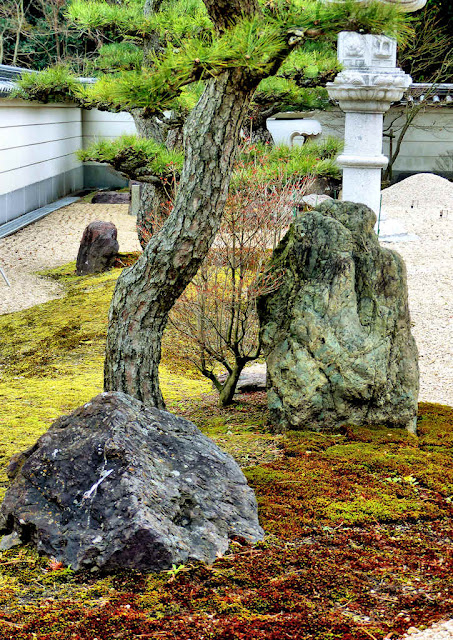Showing posts with label shodo88. Show all posts
Showing posts with label shodo88. Show all posts
Tuesday, February 11, 2025
Shaka-do & Myo-o-ji Temples 36 & 37 Shodoshima Pilgrimage
Labels:
binzaru,
Fudo Myojin,
shaka nyorai,
shodo88
Friday, December 13, 2024
Kameyama Hachimangu Shrine Ikeda
Labels:
engi shiki,
Hachiman,
komainu,
shodo88,
shodoshima,
Shrine,
torii
Thursday, October 17, 2024
Choshoji Temple 33 Shodoshima Pilgrimage
The honzon is a Dainichi Nyorai and is flanked by a Fudo Myoo and an Aizen Myoo.
Labels:
dainichi,
karesansui,
shodo88,
temple
Tuesday, August 20, 2024
Ikeda Saijiki
The previous post in this series on my walk along the Shodoshima Pilgrimage was Aizenji Temple.
Labels:
shodo88,
shodoshima
Friday, June 28, 2024
Aizen-ji Temple 32 Shodoshima pilgrimage
About a century later Kobo Daishi is said to have stopped here while waiting out a storm on his way to the capital.
The honzon is an Aizen Myoo, hence the temple name.
Friday, April 19, 2024
Shoboji Temple & Seiganji Temple 30 & 31 on Shodoshima pilgrimage
The main hall is said to be about 250-300 years old.
The previous post was on temples 28 nd 29.
Labels:
dainichi,
gyoki,
kobo daishi,
shodo88,
temple
Subscribe to:
Posts (Atom)








































































